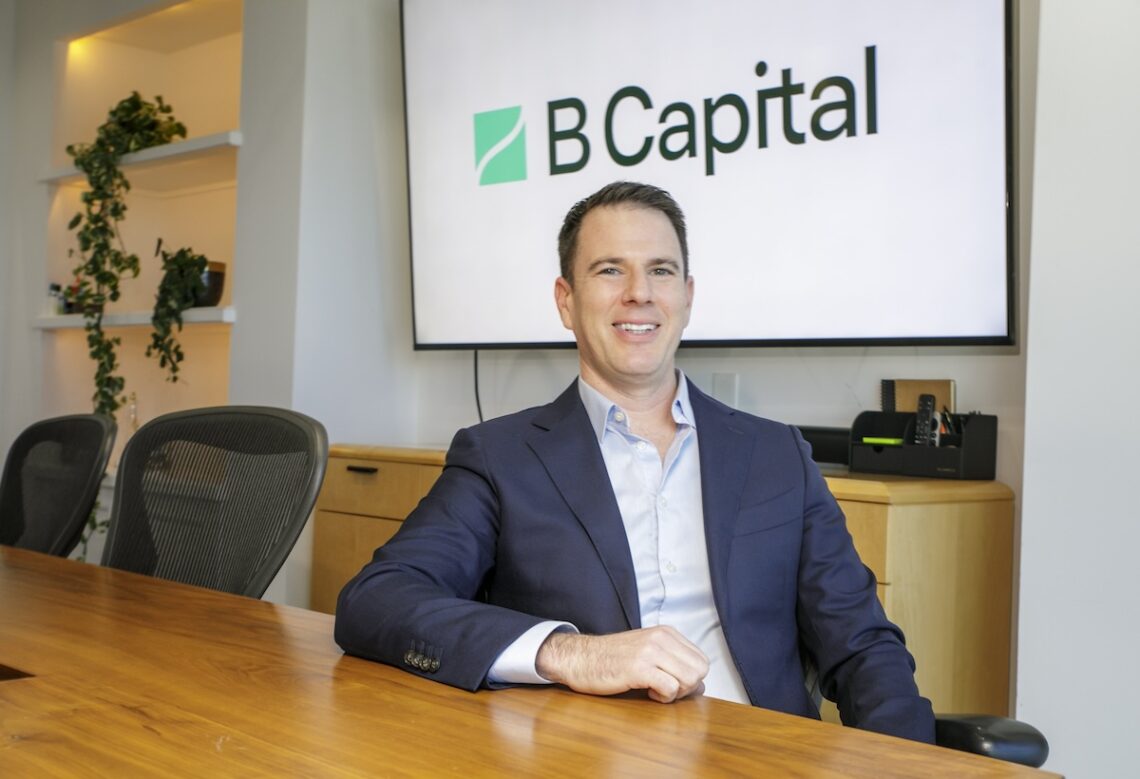In speaking with venture capital leaders in the Los Angeles scene, many described the past several years of investing as “irrational exuberance,” a period marked by eye-watering company valuations and growth funds propelling multiple firms into the billion-dollar club.
Now, as 22-year-high interest rates hamper capital deployment and fundraising, venture capital must face the realities of a low-liquidity market and answer to a crop of investors who may be experiencing a downturn in the venture world for the first time.
According to Pitchbook’s venture capital data from last year, deal activity slumped from the peak seen in 2021. Just $171 billion was invested into companies, roughly half the amount invested two years prior. Tightened purse strings reflect a shortage of capital availability spurred in part by the public-offering and acquisition markets grinding to a near halt.
“When you don’t have exits coming fast and furious, then the entire market seizes up because there’s no capital funds to refresh the venture capital partners,” said Anna Barber, a partner at VC firm M13.
Last year’s initial public offering market did see some high-profile venture-backed debuts, including ARM and Instacart, but the jump-start was a stark reminder of just how inflated the venture world’s valuations could be. Instacart’s almost $10 billion September entry on the New York Stock Exchange was a fraction of the $39 billion it was worth in 2021– a price tag backed by some of the leading names in venture capital, including Andreessen Horowitz and Sequoia Capital.
Barber is among the venture capitalists who see the current capital markets as back to business as usual, and an opportunity for limited partners to see which firms can gauge the companies with cycle-resilient business models.
M13, a Santa Monica-based firm with $685 million in capital, has a majority of its team on portfolio companies’ operations. Even as the firm reserves at least half of its…
Read the full article here







